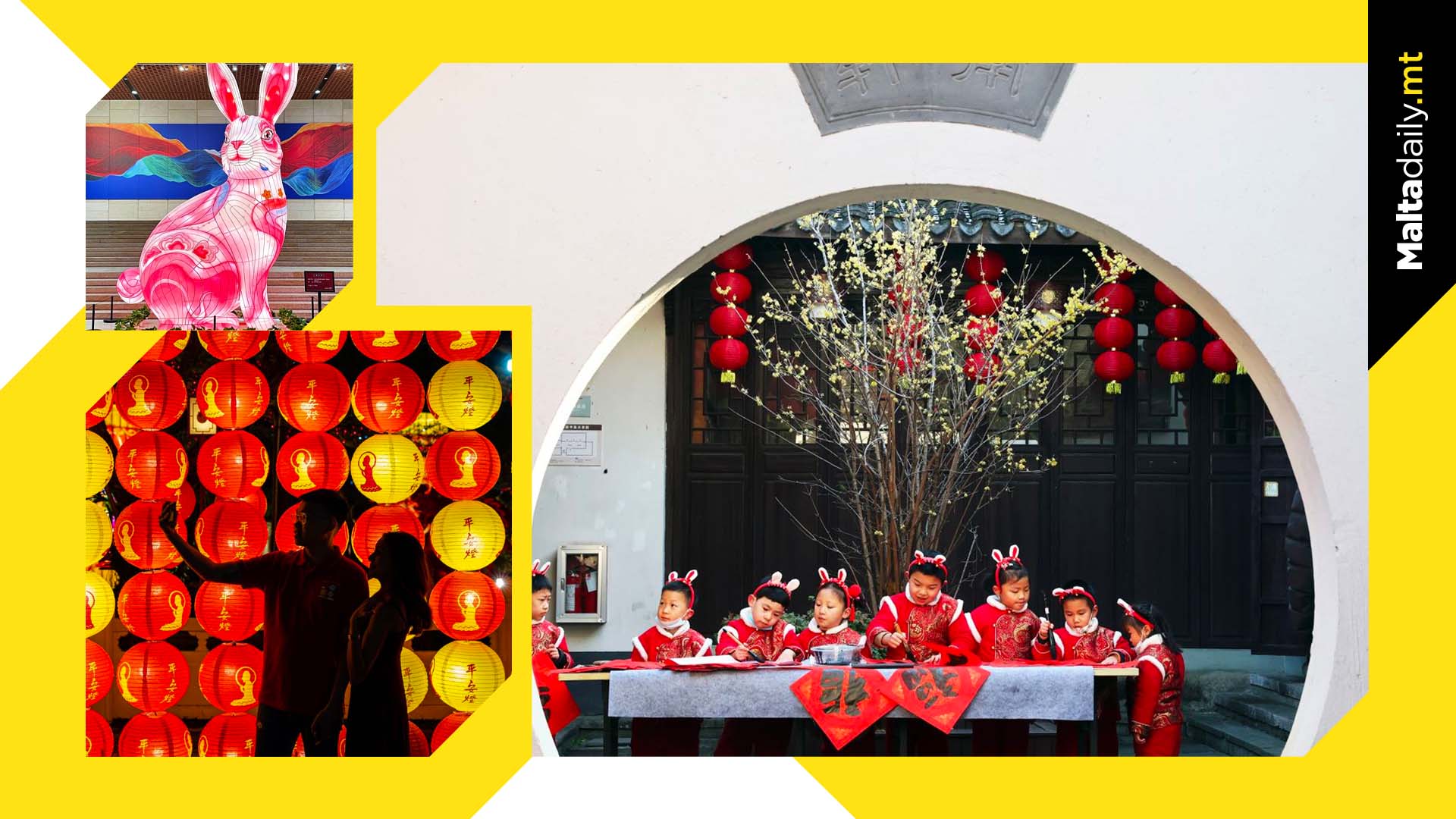Lunar New Year celebrations in China after 3 years of restrictions

As the Year of the Rabbit takes over from the Year of the Tiger on January 22nd, millions of families across the world celebrated the Lunary New Year, or Spring Festival, in China.
The 15 day celebration comes after three years COVID-19 pandemic travel restrictions, and all see the traditional exchange of ‘red packets’ of money, lion dances, fireworks and, finally, travel.
Chunyun, the 40-day period surrounding the festival, sees many Chinese travel to mainland China to their hometowns to be with their families. This is considered to be the world’s biggest human migration.
And, given the relaxation of COVID-19 pandemic restrictions, more families are expected to be reuniting with their loved ones as they finally celebrate in the way it is meant to be.
The occasion is observed by many people of Chinese descent and is also commemorated in other Asian countries including South Korea, Japan, Malaysia, Indonesia, Philippines and Singapore.
The previous Year of the Tiger was seen as a symbol of strength, bravery and exorcising evils. This time around, the Year of the Rabbit, which is the fourth animal in the zodiac sequence of 12, is seen as one of great luck.
People born in the year of the rabbit are believed to be vigilant, witty, quick-minded and ingenious. The zodiac also incorporates five elements: metal, wood, water, fire and earth, which rotate for each year on which the sign falls.
Coming every 60 years, this Rabbit is believed to be the Water Rabbit, which last came in 1903 and 1963.
#MaltaDaily


